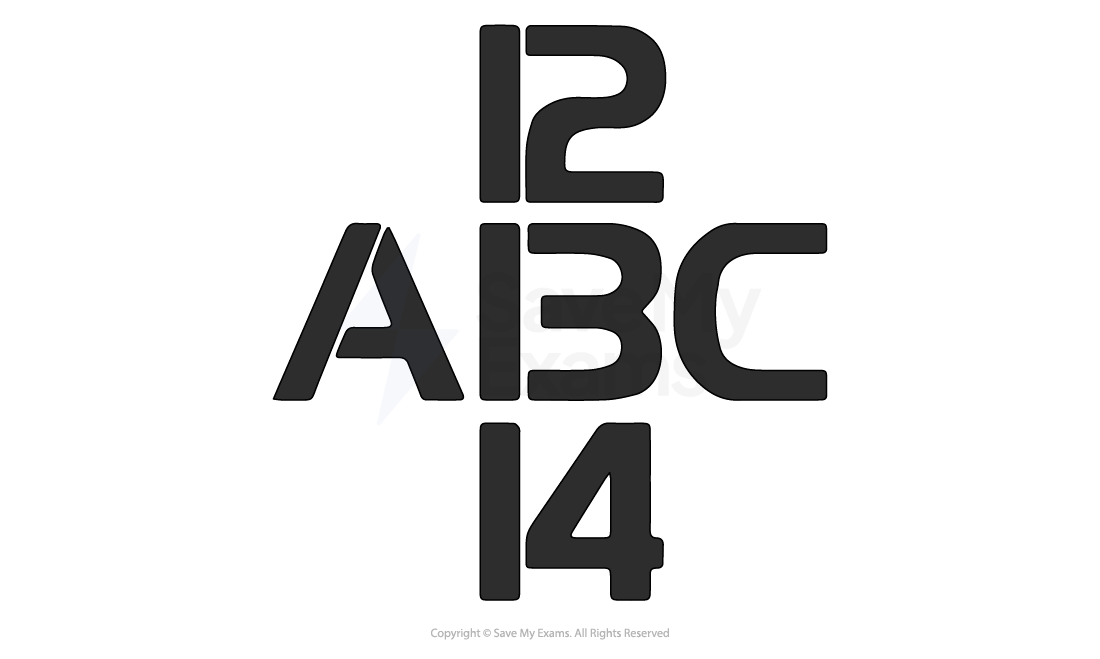Expectation & perception
- Expectation involves an individual responding to stimuli on the basis of them having built up a sense of what they are about to see/hear/smell/touch/taste
- Expectation affects perception as it sets out an initial idea as to what is going to be experienced in a given situation or when presented with specific stimuli e.g. you are expecting to meet your friend at the ice rink and you keep ‘seeing’ her mistakenly (you keep thinking people who have the same hairstyle, are the same height, wear similar clothing are your friend because you are expecting to see her at the rink)
- An example of a visual illusion which plays upon expectation is the ambiguous figure: an image that can be perceived or interpreted in more ways than one e.g. Rubin’s vase; the ‘rat-man’ figure
Rat-Man Visual illusion Diagram

Bugelski & Alampay’s (1962) ‘rat-man’ ambiguous figure: can you see both a man wearing glasses and a rat in this image?
- The ‘rat-man’ figure can be used in research on expectation and perception:
- If participants are shown a series of images of faces first they tend to see the ‘man’ part of the ‘rat-man’ figure (and vice versa if they are shown a series of animals first), hence they see what they expect to see
Exam Tip
Remember that interpretation of a visual illusion is subjective and will depend on an array of factors as to how the image is interpreted: there is no ‘right’ answer to the ways in which a visual illusion may be perceived.



